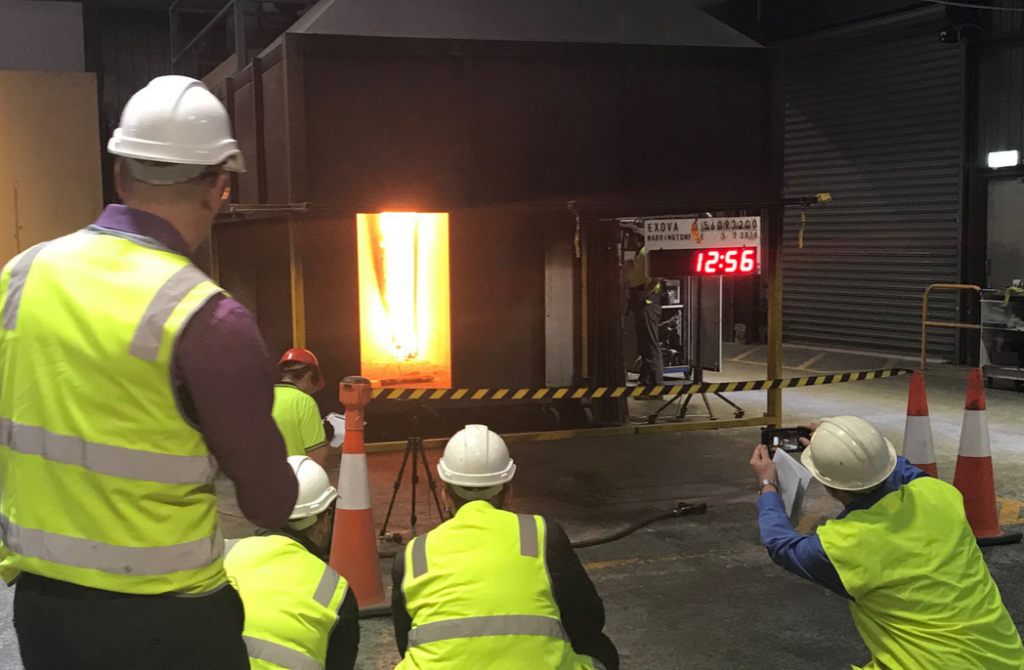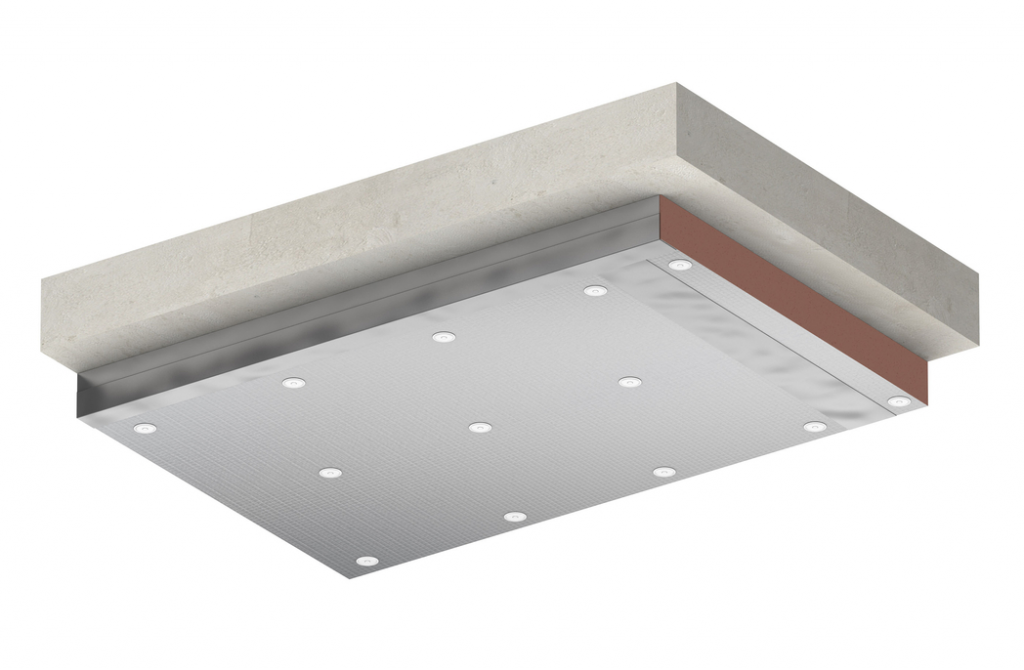
Beware of non-conforming soffit insulation
Beware of non-conforming soffit insulation
Share
Building regulators and practitioners are reminded to beware of the presence of non-conforming soffit insulation in the market as some manufacturers and merchants try to liquidate obsolete stock post the introduction of NCC2019 in May this year.
The National Construction Code references compliance with Australian Standard AS 5637.1, as a requirement for soffit insulation installed as an exposed lining, which in turn requires the product to undergo a large scale AS ISO 9705 full room fire test, of which a Group Number is determined.
The Group Number indicates the contribution of wall and ceiling linings materials to the fire growth, with Group 1 products the slowest and Group 4 the fastest. The rating affects the suitability of the product for use in different parts of a building. The Smoke Growth Rate Index (SMOGRARC) relates to the rate of smoke development that occurs during test, and typically must be under 100 m2/s2 x 1000 for lining products used in non-sprinklered areas of buildings.

Building regulators and practitioners are encouraged to check the credentials of all soffit insulation to ensure that their Group numbers and SMOGRARC performance claims are supported by legitimate AS 5637.1 compliant ceiling and wall fire test reports from a laboratory that is NATA accredited.
It is also important that regulators and building practitioners know how to recognise a legitimate NCC compliant soffit insulation test report. The following is a guide to the key questions that should be asked:
- Does the test report state that the test is in accordance with AS 5637.1? e.g. AS ISO 9705 test with the specimen installed in the ceiling only is not acceptable for the determination of a Group Number under AS 5637.1.
- Was the test conducted by a test lab accredited by NATA for the actual test method adopted?
- Was the test specimen installation method consistent with how the product is installed in practice? e.g. is there any additional steel support, additional linings or caulking that may affect the result?
- Was the specimen tested actually the product specified for the project? e.g. some products come with a variety of facing materials that can significantly affect the result in a fire test.
- Does the test report declare the Group Number achieved?
- Does the test report declare the SMOGRARC achieved?

Kingspan Kooltherm K10 G2 install
The cost of non-compliance in this application not only presents a risk to life but it is extremely expensive if it has to be replaced and made good around services; furthermore, it can potentially impact both your building and PI insurance.
Make sure you are insulating your soffits in a compliant way – specify Kingspan Kooltherm K10 G2 Soffit Board:
- Group 2, AS 5637.1 compliant Ceiling & Walls fire classification
- CodeMark-certified for NCC compliance
- Fibre-free, closed cell insulation core
- Australian made
















